Eco hiking: how to tread lightly on the trails
Our eco hiking tips help make your trail travels more sustainable for the planet
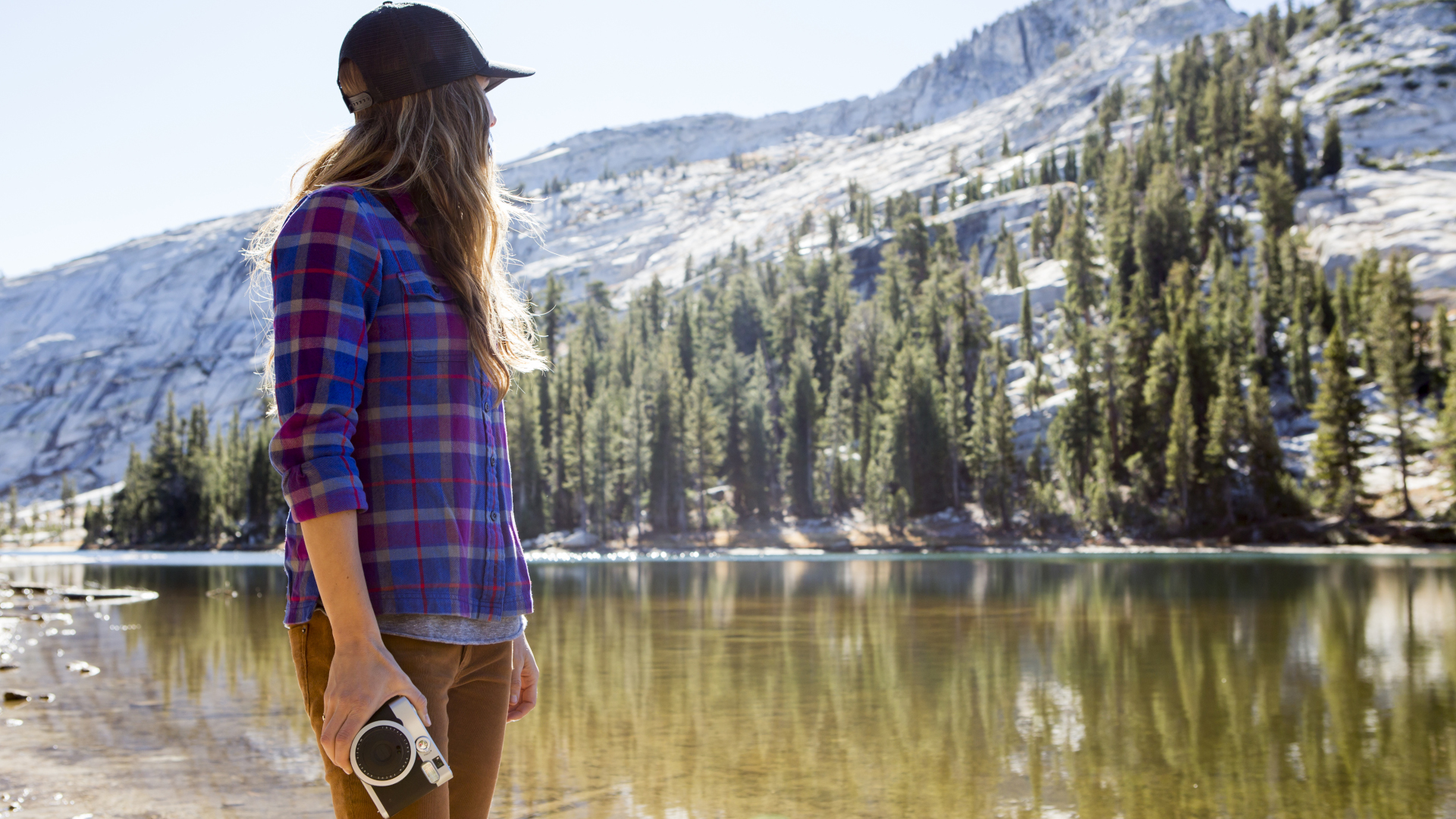
By its very nature, hiking seems like an activity that should leave little impact on the planet. You’re powered by your own internal motor and the only natural resource you’re using up is the air that you breathe, so how much damage can you possibly be doing? Well as it turns out, from the gear you buy to the trails you choose, your hiking adventures may be having more of an impact on the earth than you realize – or probably want. Our guide to eco hiking offers practical solutions for when you’re on the trail and in the planning stages of hiking to make sure you tread as lightly as possible whenever you don your best hiking boots.
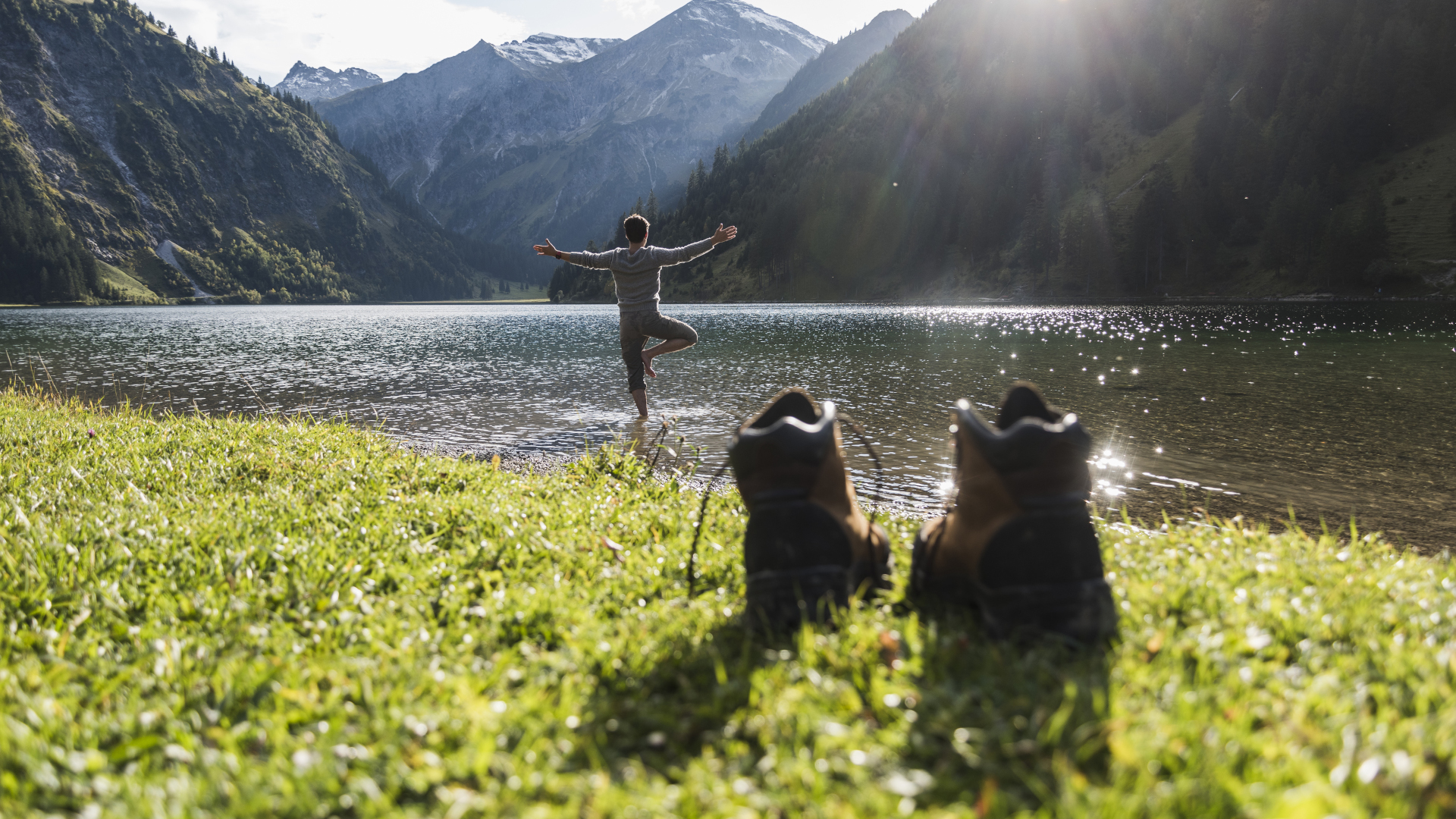
1. Shop eco-friendly brands
Consumerism and sustainability are definitely at odds with each other, but if you want to go hiking, you’ll need some clothing and gear to do so and at the very least, you want to shop brands that have a firm commitment to sustainability. Read up on the best eco-friendly outdoor brands for starters and research before you shop. Consider things like whether or not they use recycled materials in their gear and packaging and also where their gear is manufactured. If there’s a brand that makes hiking gear in your country, that means less energy being used to ship it across the globe. Paying a little more for high quality gear means it should last longer too, which reduces the overall amount of gear you’re consuming.
2. Care for your gear
Once you’ve got kitted out for hiking, a huge component of being an eco hiker is taking good care of your gear. Yes, it’s going to be more heavily used than your favorite cashmere sweater, but try not to treat it as totally disposable. Learn all about how to clean your hiking boots, wash your backpack and waterproof your jacket to keep your gear in good condition. Try to clean your gear after each use and store it somewhere cool, dark and dry to prolong its shelf life.
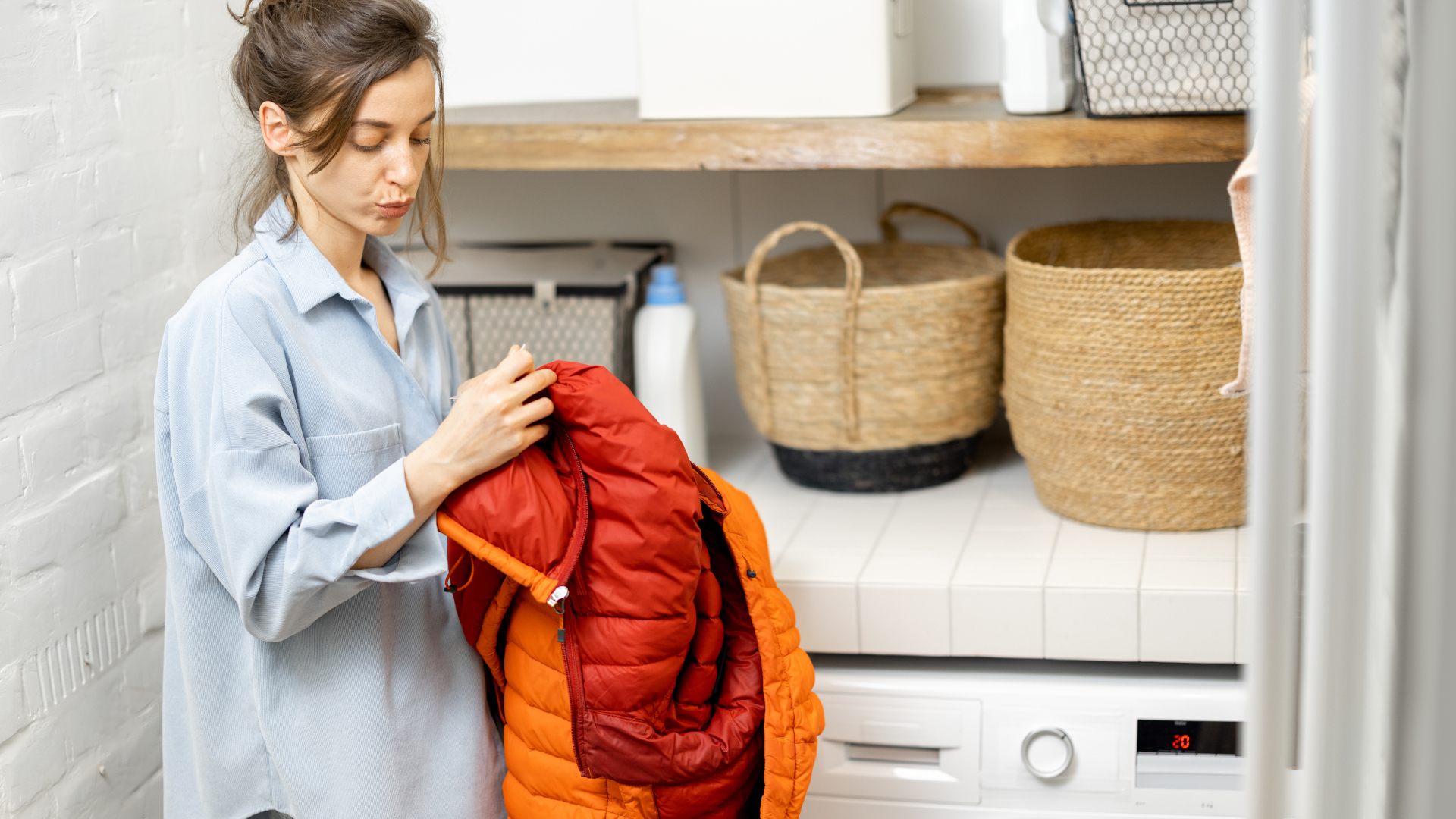
3. Pack eco-friendly snacks and drinks
The best hiking snacks are made locally or at home, wrapped in paper and don’t come in plastic packaging. Even if you pack it out and recycle it at home, it’s better for the planet overall to avoid consuming anything that comes in single use plastics. Also, we don’t think this even needs to be said anymore, but just in case it does – don’t buy bottles of water for hiking. Use your refillable water bottle (stainless steel or glass is best) and carry a water filter if you’re going on a long trek.
4. Choose your trail carefully
Overcrowding on popular trails like Angels Landing in Zion National Park has received plenty of media attention, and not only is it not very fun for the hikers, it’s pretty stressful for the surrounding ecosystem too. Yes, there are bucket-list spots that you might want to see before you die, but as much as possible, seek out quieter trails to reduce the traffic on popular routes and enjoy a bit more peace and quiet while you’re at it.
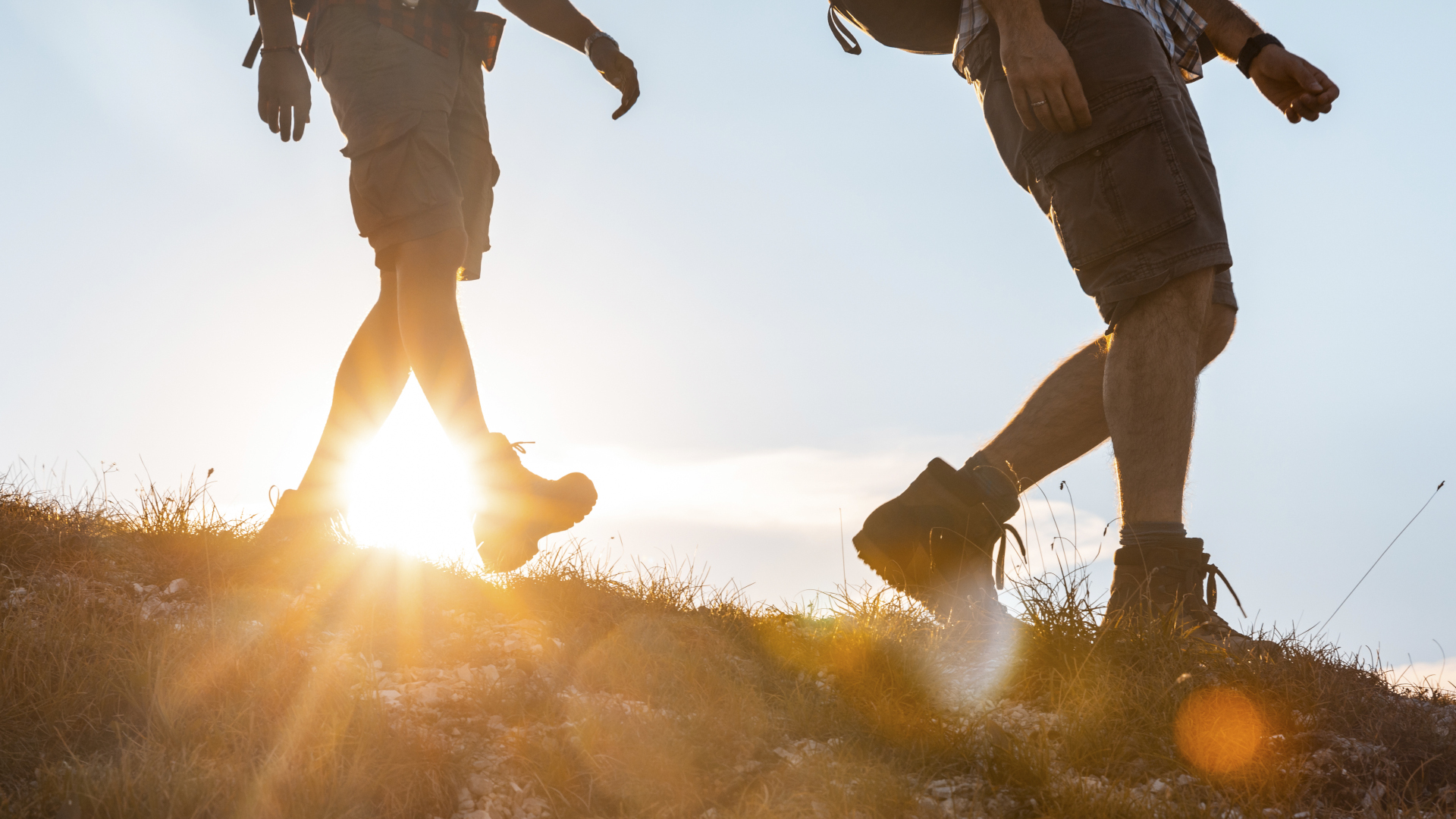
5. Cut down on transportation
Hiking itself might be a fuel-free activity, but getting to the trailhead often isn’t. Search for new hiking trails closer to home and ones that can be reached by bus or train. When possible, use a car club with access to electric vehicles, take public transport, ride your bike or carpool to get to the start of your hike.
6. Observe trail closures
Hiking season might be a year-round affair where you live, but seasonal closures exist for a reason, and while there isn’t always a ranger around to enforce them, it’s important for you to self-police. Trails are sometimes closed to allow revegetation, restore ecosystems or give space for wildlife migration and even if you had all your hopes pinned on that one trail, if you show up and there’s a sign announcing the trail has closed, adventure elsewhere and let nature do its thing.
Advnture Newsletter
All the latest inspiration, tips and guides to help you plan your next Advnture!
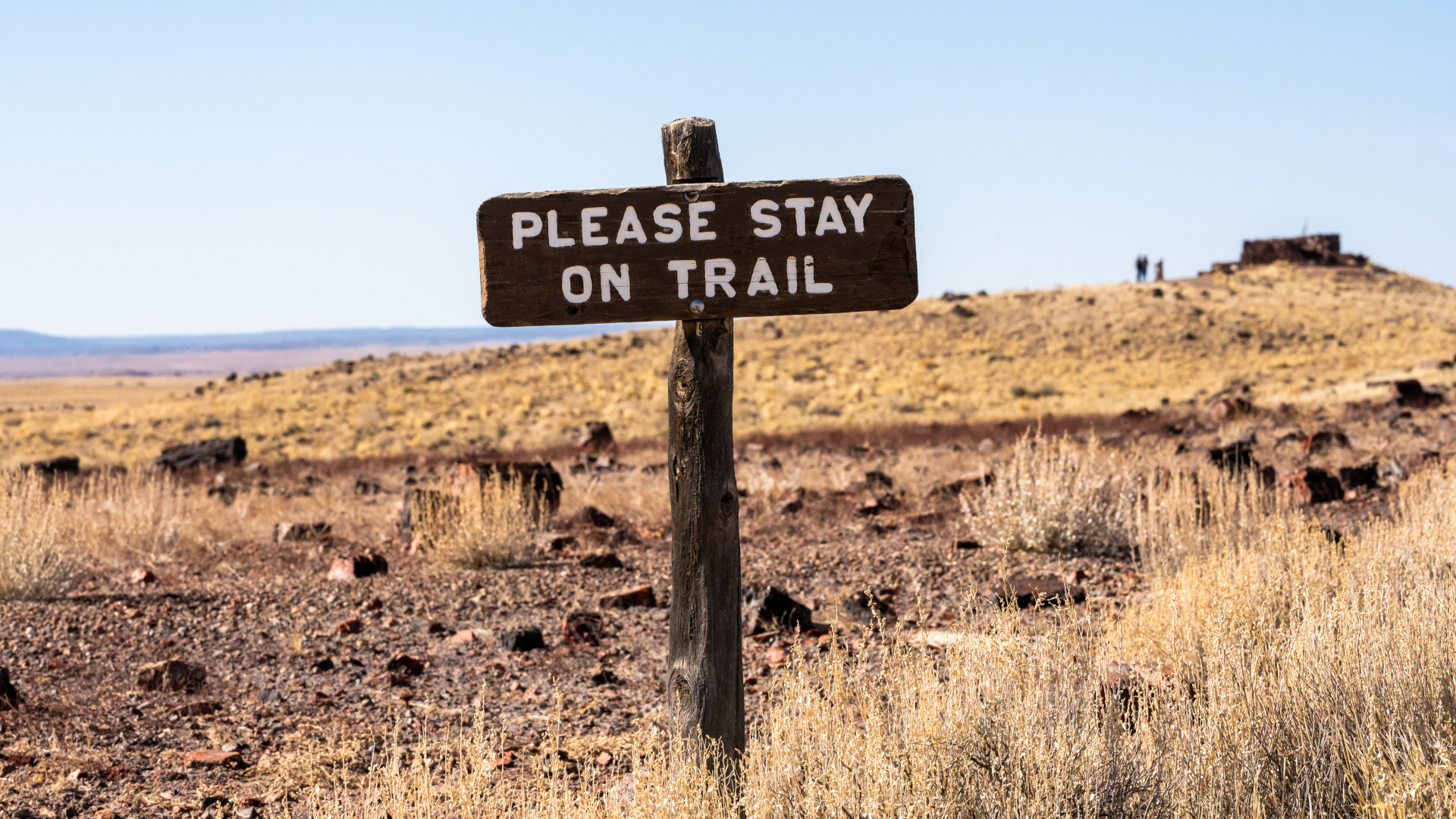
7. Don’t cut switchbacks
Once you’re on the trail, it’s important to stick to the actual trail if one exists, even if you find all the zig zagging a bit unnecessary. Yes, switchbacks make hiking up steep grades easier, and you might be looking for a good challenge, but they also limit the damage caused by your hiking boots to one area. Going off-piste increases the soil erosion which isn’t good for flora or the fauna that depends on it.
8. Leave no trace
Speaking of soil erosion, always adhere to the principles of leave no trace when you’re on the trail. That means no littering, even if it’s organic waste like apple cores – pack it all out with you. Read up on how to poop in the woods and consider packing that out too, rather than digging a hole (some areas now require this, FYI). Don’t take home any nice pinecones or rocks you find – those are somebody’s home. Learn to hike and camp without campfires, and even use natural, eco-friendly sunscreen and insect repellent if your hikes usually involve some wild swimming to cool off.
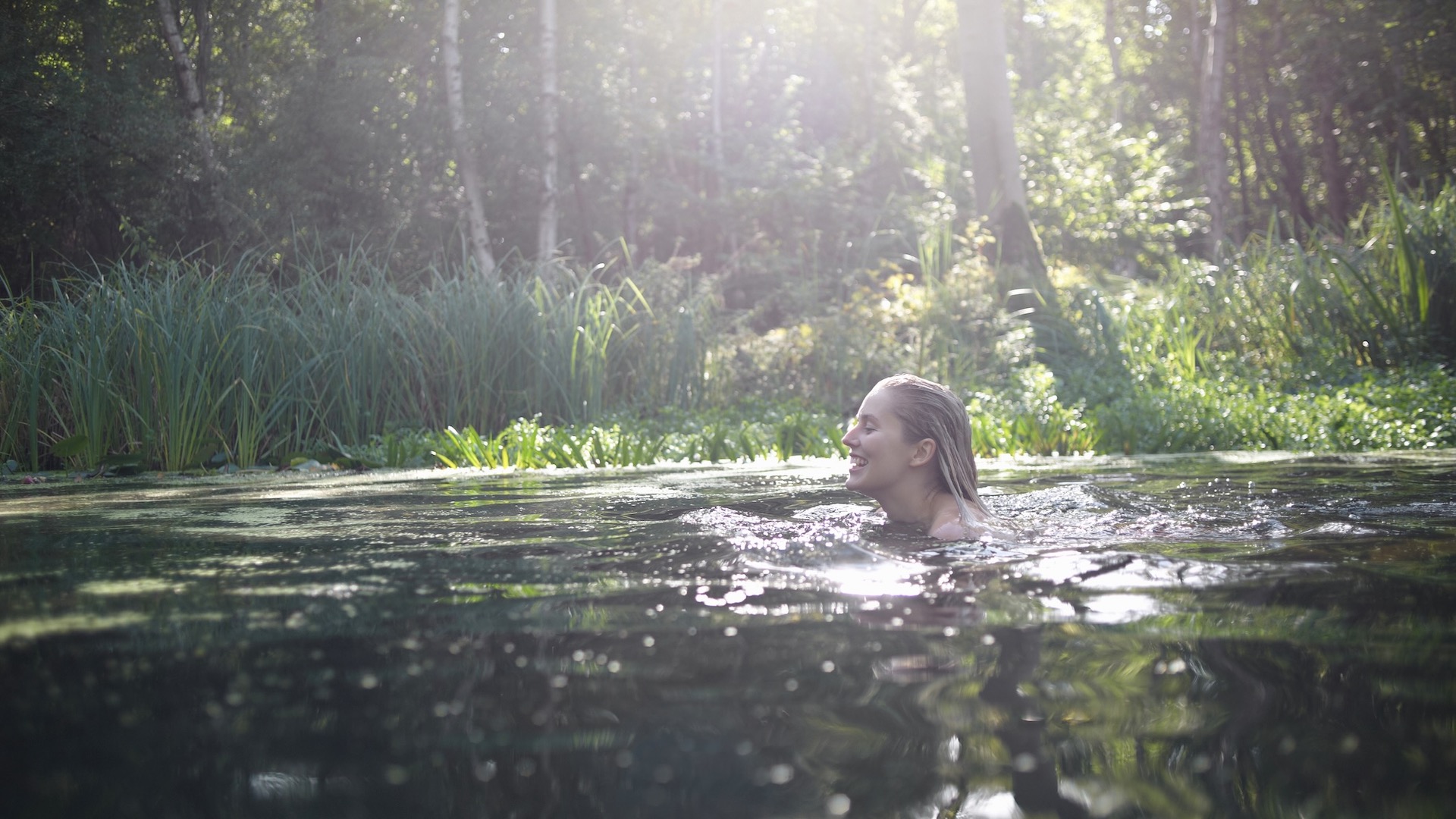
9. Respect the locals
Yes, we mean people who live near your favorite trailhead, but more importantly, we mean the local wildlife. Don’t feed the wildlife, even if they look hungry or very cute, and read up on wildlife safety.
Julia Clarke is a staff writer for Advnture.com and the author of the book Restorative Yoga for Beginners. She loves to explore mountains on foot, bike, skis and belay and then recover on the the yoga mat. Julia graduated with a degree in journalism in 2004 and spent eight years working as a radio presenter in Kansas City, Vermont, Boston and New York City before discovering the joys of the Rocky Mountains. She then detoured west to Colorado and enjoyed 11 years teaching yoga in Vail before returning to her hometown of Glasgow, Scotland in 2020 to focus on family and writing.

